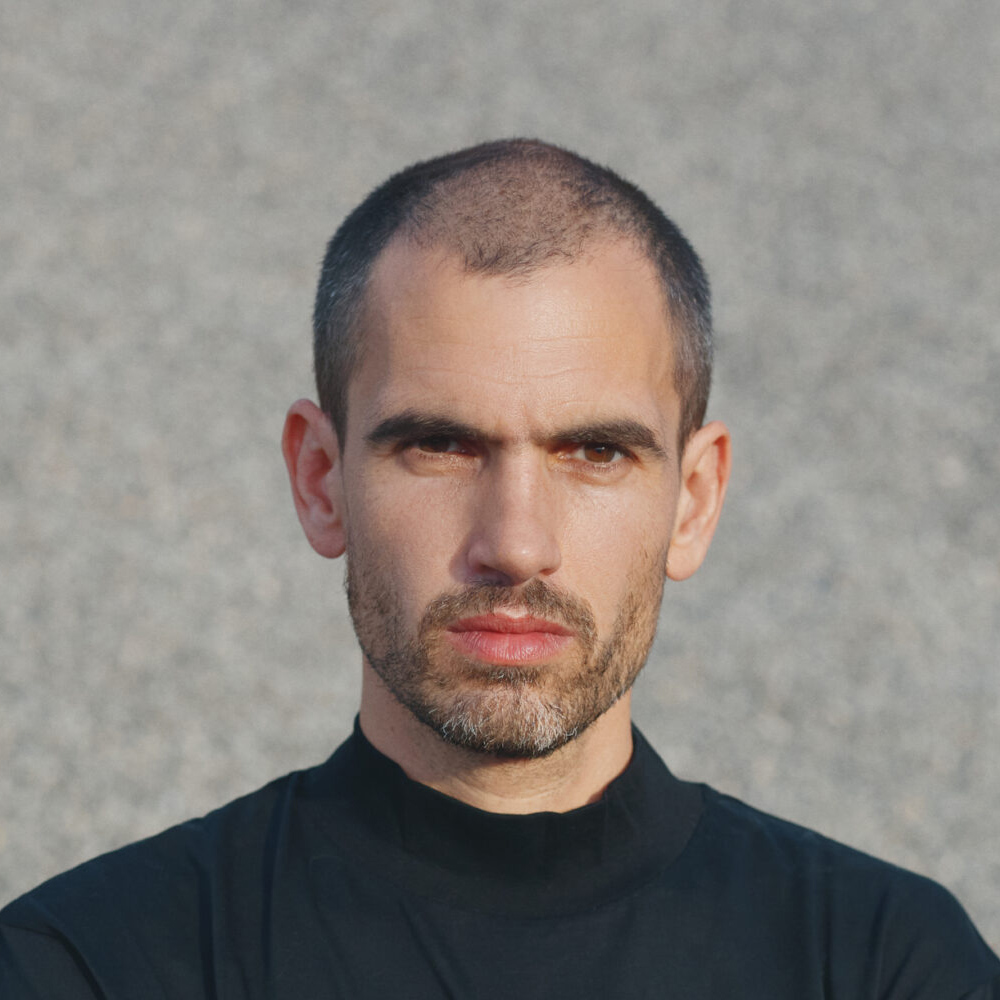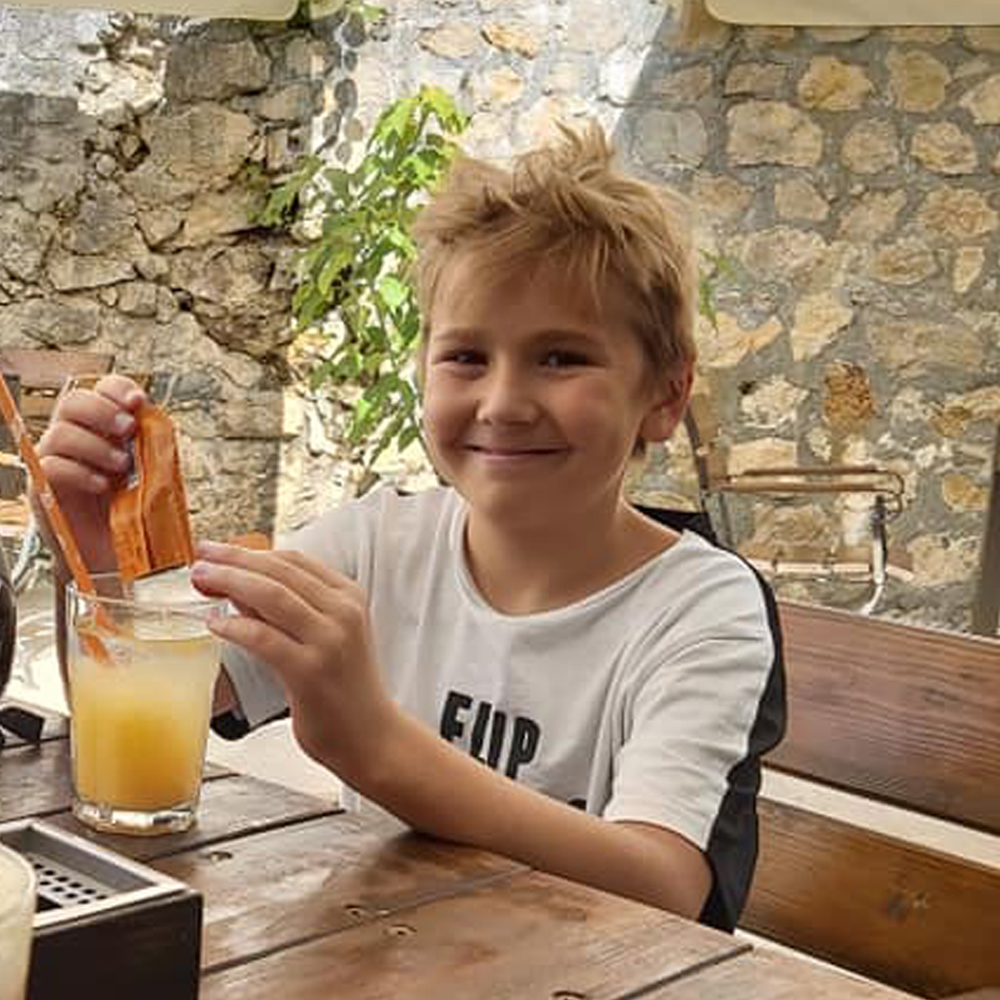Piano online lessons
distance e-learning
Programmes
Classical
- programme by state music schools
- exam preparation
- od 136 EUR / mesec naprej
- from enrollment to exam
Basic Recommendations and Guidelines
1. Classes should be held in a quiet and bright place.
2. Mandatory equipment
- instrument (analogue or digital)
- internet connection
- device with integrated camera and microphone (computer, tablet, phone)
- Zoom application
- metronome (analog or digital, can also be used as an application on an additional device)
3. Recommended equipment
- external microphone (with USB or with a classic XLR connection to the sound card)
- external USB camera
- external monitor
- additional speakers
Frequently Asked Questions
1. General questions
How to start?
It all starts with dreams. Every day we can imagine playing our favourite song on the piano. When the idea matures and our hearts fills up with courage, it’s time to get to work. A mentor can be a great support to us, but he cannot do the work instead of us. Let’s set goals and get started. Every day is a new day and a new opportunity.
Why does distance education "work"?
I do not see a significant difference between distance education, as I do it myself, and "close" education. In both cases, there can be a high-quality transfer of information for the participant to progress and develop. So it's important that we hear and see each other - and nothing else.
The other three senses, such as smell, touch and taste, are of course vital senses, but they are not so essential in teaching the piano. In classical teaching up close, palpation is sometimes used in pedagogical work, but it is much less important than in the ears and eyes, and it can be largely replaced by a conversation about touch and gesticulation. I find the will and discipline of work much more important.
Many like to say that they prefer personal contact, and I wonder why they condition personal contact with physical intimacy. Distance learning, as I understand and implement it myself, can also be very personal. In my opinion, personal contact is built mainly through confidential communication, while medium is not essential.
What does piano learning program consist off?
Piano education is adapted to the individual's knowledge, abilities, ambitions and desires, so it is chosen together with the student. The learning of music theory goes hand in hand with the learning of the instrument.
How much time do I need to practise?
The amount of exercise depends on the individual’s ambitions. I do not give grades when testing knowledge. I am happy to open the door to the world of piano music to a student and remind him that the exercise is useful.
I recommend at least half an hour of exercise a day, and for the slightly more ambitious at least an hour a day.
What can I expect from my mentor?
I can expect attention and encouragement with stepping to the world of piano music. However, everyone is entering through this door on their own.
In other words, the teacher cannot walk this path instead of the student, but he can show him the path and encourage him to do so.
How much freedom do I have in choosing the songs I want to play?
As a mentor, I am aware that motivation is essential for individual development, so I strive to ensure that the participant's music literature is chosen together with a student. For young people, a textbook is usually chosen, followed by formal education un music school, while for adults, songs are selected on an ongoing basis, and their difficulty is adapted to the individual's current knowledge, ambitions, abilities and tastes. As a mentor, I have certain reservations about ‘non-piano’ songs, as they are often accompanied by inappropriate and deficient (non-pedagogical) notation.
How do the educational programs differ from each other?
The programs differ only in the leased time of the mentor's presence in a certain period; so by frequency or intensity of total time spent together online. The pedagogical approach and literature do not depend on the program, because they are adapted to each individual anyway.
What types of piano music can a student learn in online piano classes?
I teach all types of music, but I prefer to teach classical songs, as they are often accompanied by an appropriate musical notation. In more fun, lighter genres, the problem is often a non-pedagogical notation, which does not contain information about the fingering, dynamics, interpretation etc. In this case, the notation must be properly equipped and the missing markings replaced. Freer genres that often border on improvisation, such as e.g. jazz, blues and rock, I teach in a slightly different way: by learning chords, scales and modes - which, in addition to musicality, often requires a lot of knowledge of music theory.
What about music theory lessons?
The teaching of music theory goes hand in hand with the learning of the instrument, but we can also agree with the student on additional lessons dedicated to music theory.
In which languages are the lessons taught?
Lessons can be taught in Slovene or English.
Is a notebook used in piano lessons?
Yes, in piano lessons, a Google Document is used, where the mentor writes homework instructions until the next lesson. The notebook also contains permanent login data for Zoom connection with the teacher and access to the shared Dropbox folder, which contains scans of music literature that serve the teacher during the lesson. There is also a link to all recorded lessons. During the lesson and practice, it is higly recommended that student reads from the paper printed scores and makes his markings manually.
Are the lessons being recorded and who can watch them?
Each lesson is being recorded with the student's consent. After the lesson is over, each lesson is uplouded to YouTube with the status 'Unlisted', which means it is not indexed in the YouTube search engine, so no one can find or come across it randomly by exploring content on YouTube. All the lessons of a particular student are added to YouTube playlist with a status 'Unlisted', which is especially dedicated to him.
Only an individual with a complex YouTube link has access to the contents of the recorded lessons. Usually the link is reserved only for a teacher and a student except in the case of a younger student, when the link is also provided to his parents or guardians.
Learn more about this in Privacy policy.
2. Question about equipment
A) Auditory communication
Is the use of an additional external microphone mandatory?
No, the use of an additional external microphone is not mandatory, but it is recommended. The microphones integrated into our computers are usually optimized for speech, and in the case of piano lessons, it’s also about music. Therefore, it is recommended to use an additional external microphone with a wider frequency spectrum and greater dynamic response.
It is recommended to use an external USB microphone or a combination of a sound card and a microphone with an XLR input.
Below are some affordable examples:
USB mikrofoni:
XLR mikrofoni:
Audio interfaces (sound cards):
- Behringer Voice Studio
- Focusrite Scarlett Solo Studio 3rd Generation
- M-Audio AIR 192|4 Vocal Studio Pro
- Presonus AudioBox USB 96 Studio
Do I need headphones?
No, the use of headphones in online piano curses is not desirable, because the student must hear not only the teacher but also his instrument. The exception is if the settings are such that a student can hear his instrument in the headphones.
Exceptions are in-ear headphones that support so-called transparency mode, e.g. Apple AirPods Pro or Sony WF-1000XM3, which can be set to work similarly to hearing aids, so they pick up and play sound from the environment (instrument), and at the same time you can hear the teacher talking through them.
Do I need additional external speakers?
Any additional external speakers are usually better than integrated computer speakers. They are definitely recommended, but not mandatory.
Affordable computer speakers:
How do I set up an external microphone correctly?
When using an external microphone, it is important to be at the point where it picks up both sources of sound: the sound of the student’s instrument and the sound of his voice.
The microphone must therefore be positioned and adjusted to pick up both sound sources. With condenser microphones with the possibility of adjusting the polarity it is a bit easier.
How do I optimize the sound settings in the Zoom app?
Optimizing settings in the Zoom app is important. The default settings are set for video conferencing, which mostly does not include music, but only speech, and in the case of a piano lesson, it is also music. In most cases (depending on the microphones in use) it is best to adjust the sound settings as follows:
- update to the latest version of Zoom app
- open Zoom audio settings and find the Suppress Background Noise section; choose “Low” from 4 given options
- then a little lower in the Audio Settings menu find the Music and Professional Audio section and select “Show in-meeting option to“ Enable Original Sound ”from microphone”
The settings recommended above are not always optimal, as it is very important what kind of microphone is in use and in what sound environment the lesson takes place.
B) Visual communication
Where do I place the camera?
The camera should be positioned so that the teacher can see the student's hands and face at the same time. This is usually on the side where the teacher usually sits while teaching 'in person', not too high or too low.
What camera is recommended?
HD cameras with at least 720p resolution, which are mostly integrated into laptops, are recommended. An additional USB webcam (Webcam) is even more recommended, e.g. Logitech, as they mostly have better light adaptation than integrated, and some also offer full HD resolution (1080p). Also, using an external camera relieves the student's neck, as he does not have to constantly turn left or right towards the monitor to see what the teacher is showing him, because he can place a computer or external monitor on the instrument. In this case, a USB extension cable is also required.
Does a student need two cameras?
No, I do not recommend student is using two cameras while learning. If the side camera is set up correctly, the teacher gets enough information to be able to evaluate the student’s technique, use of the fingering etc.
The student does not have enough time to switch between the two cameras because he must focus on playing and studying the piano.
May a student use a mobile device for piano online curses?
Yes, but this is not recommended due to the small screen, which is relatively remote due to the simultaneous use of the camera. On a remote telephone screen, the student has to sharpen his eyes quite a bit to see what the teacher is showing him with the help of tloris camera. With the tablet, this problem is somewhat smaller.
However, if a student decides to use a mobile device, I recommend landscape mode camera settings, except in the case of very tall students, where portrait mode settings are preferred.
Is the use of an additional external monitor mandatory?
The use of an additional external monitor is optional, but recommended. Laptops usually have an HDMI output to which an external monitor or TV can be connected. In this way, the student's neck muscles are relieved, as in this way they observe the teacher with their head turned forward and not to the side.
How do I optimize video settings in the Zoom app?
Find the Video Settings menu inside the Zoom app preferences and consult with the teacher about the ‘enable HD’ settings and the aspect ratio. ‘Enable HD’ is not always the best solution, especially when it comes to an unstable internet connection.
C) Other
Can I use a digital piano to learn?
Of course, digital pianos are satisfying in teaching beginners and some of them also later. I wouldn't advise using the digital piano only to those who are preparing for the exam in state music schools, as the exam there will certainly not be held on the digital piano.
When buying a digital piano, a student can seek advice from a teacher.
In which part of the living space is it best to place an online piano classroom?
The online classroom is best placed in the quietest part of the apartment, which is the least sonically polluted. Sound pollution can be present near the bathroom and in the kitchen (household appliances, machines) or in parts of the apartment where children play. With open windows, road traffic can be a problem, and loud birdsong in the summer.
Also, due to the operation of the cameras, it is desirable to place the online classroom in that part of the apartment that has a lot of outdoor daylight, which is usually near the windows.
Do I need a metronome for online piano clasess and what type?
Yes, in online piano classes, the metronome and knowledge of its use is extremely important, because only with a student's metronom the teacher can fully check his rhythmical stability.
Both types of metronomes, analog or digital metronome, are satisfactory if they work correctly and loud enough.
A metronome can also be used in the form of a free application that the student installs on a mobile device (which in this case cannot be the device through which the transfer takes place). In case you opt for this option, I recommend the Pro Metronome app:
3. Administrative issues
How about a free introductory lesson?
A free introductory lesson can be arranged with the teacher.
How much is the tuition?
Tuition depends on the program and package you take. Information on the amount of schooling can be found on this website a little higher.
When can I expect an invoice and when is the payment deadline?
A student can expect an invoice until the 5th day of the month for previous month. The payment deadline is the 15th of the month.
When do registrations take place?
Enrollment is at the beginning of each month.
What about substitute lessons?
If a student is absent from school justifiably (in case of illness or force majeure), a lesson must be replaced. The teacher must be notified of the absence at least 24 hours before the missed lesson, otherwise the student is not entitled to replacement, and the teacher charges the missed lesson.
The exception is sudden illness, if a student falls ill overnight or comes home from school ill, then the student or guardian must inform the teacher as soon as possible. The student is entitled to replacement in cases of unexpected illness once a quarter (every 3 months).
In the case of absence of the teacher, the teacher and the student make up for the missed lesson.
When is the lesson scheduled?
Classes are held on a weekly basis, which is a matter of agreement between the teacher and the student.
Do I get a certificate after education? Is the certificate officially valid?
So far, a teachere does not issue certificates in my piano teaching. However, he is ready to help you prepare for the official exam at the music school, where you will receive the appropriate certificate if you successfully pass the exam.
What about the printout?
The teacher must be notified of any withdrawal at least one month in advance. In the event that you check out early before the package you picked up expires, your payment will be treated according to the highest package you have completed. Learn more in the business conditions.
“With the pandemic we had no choice but moving online, this was done seamlessly thanks to Miha’s set up and experience”

“The fact that we have online lessons allows me to have regular classes, something otherwise I could not have due to the nature of my work and constantly changing location. "

“In the beginning, I may have had a bit of concern because of online lessons learning method, but my doubts quickly dissipated, as Miha more than obviously masters teaching via optic cable and I am convinced that quality does not suffer at all.
.”

“Miha takes care of top technical implementation, which is extremely important in online teaching. The part I like the most is that he uses multiple cameras, including overhead camera so you can see his hands very clearly. I also like the fact that lessons are being recorded and this way you can refresh your memory at any time you want. ”
“When learning with Miha, what I like most is that it actually works. Distance learning, as implemented, differs from other distance learning methods, such as school teaching, in that it is a one-on-one relationship and that the teacher's focus is always 100%. ”

“There is not much time left when you are learning two instruments at the same time and coordinate school obligations, so learning the piano online is a great solution. In addition, Rok and Miha get along great, as Miha is very patient, but still strict and does not allow superficiality. At home, no one has ever attended music school or learned to play an instrument, so recorded lessons that a child or we can watch at any time are very welcome. It is a great pleasure that Rok is very happy every next lesson and always comes out of the room with a big smile and enthusiasm for further learning. ”

“I like learning with Miha at a distance because I don't have to drive anywhere, because I will be able to do exams at music school, and what I like the most is that I can look back on lessons if I don't remember something. I also like that Miha sometimes teaches me a song that I choose for myself. ”

“Miha’s approach is simple and relaxed, whatever you don’t understand he shows you! And what he shows you, you can watch again later when you want and how many times you want! And again and again! ”


